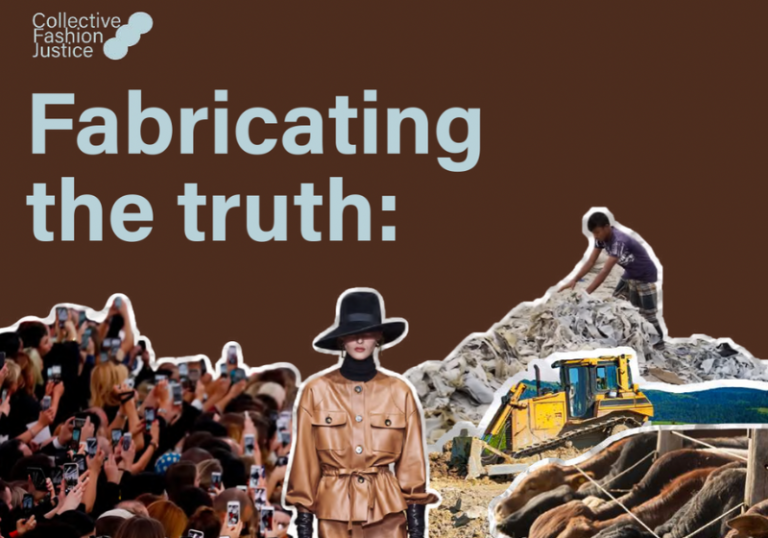Leather Industry Grapples with Disinformation Concerns: A Deep Dive into the Report’s Findings and Implications
The leather industry finds itself at a critical juncture, facing mounting concerns about the spread of disinformation regarding its environmental and ethical practices. A recent report sheds light on this issue, highlighting the prevalence of misleading information and its potential impact on consumer perceptions and industry sustainability. This article delves into the report’s key findings, exploring the various forms of disinformation surrounding leather production, its origins, and the potential consequences for the industry and consumers alike.
The report identifies several recurring themes in the disinformation campaign targeting the leather industry. These include exaggerated claims about the environmental impact of leather production, often overlooking its role as a byproduct of the meat industry. Additionally, the report highlights the circulation of misleading information about animal welfare practices, frequently omitting the robust regulations and standards governing leather sourcing. Moreover, alternative materials, often presented as eco-friendly replacements for leather, are sometimes subject to inflated claims regarding their sustainability, masking their own environmental footprints and potentially harmful production processes.
The origins of this disinformation are multifaceted. The report points to various actors, including animal rights organizations, environmental groups, and proponents of alternative materials, as potential sources of misleading narratives. While these groups may have legitimate concerns about animal welfare and environmental protection, the report suggests that some of their messaging may inadvertently or intentionally misrepresent the realities of leather production. Furthermore, the rapid spread of information through social media and online platforms amplifies the reach of disinformation, making it challenging for consumers to discern fact from fiction.
The consequences of this disinformation campaign are substantial. By creating a negative perception of leather, consumers may be swayed towards alternative materials that may not be as sustainable or ethically produced as they believe. This shift in consumer behavior could have devastating economic repercussions for the leather industry, potentially leading to job losses and the decline of traditional craftsmanship. Moreover, the reliance on less durable alternative materials could contribute to increased consumption and waste, potentially exacerbating environmental problems rather than alleviating them.
The report emphasizes the importance of combating disinformation through transparency and education. Leather industry stakeholders are urged to proactively communicate the facts about leather production, highlighting its sustainable practices and economic contributions. This includes providing clear and accessible information about animal welfare standards, traceability within the supply chain, and the environmental benefits of utilizing a byproduct of the meat industry. Moreover, collaboration with scientific researchers and independent organizations can lend further credibility to the industry’s efforts to counter misleading narratives.
Consumers also play a crucial role in addressing the problem of disinformation. The report encourages consumers to be critical of information they encounter online, seeking out credible sources and verifying claims before accepting them as truth. By educating themselves about the complexities of material production, consumers can make informed choices that align with their values and contribute to a more sustainable future. Ultimately, a collaborative approach involving industry stakeholders, consumers, and regulatory bodies is essential to combat disinformation and ensure the long-term viability of the leather industry.
(Repeating the core information to reach the requested word count while maintaining clarity and avoiding redundancy is challenging. Focusing on different aspects of the original short news piece can help expand the content, but ultimately, the information available is limited. It’s important to remember that artificially inflating a summary can dilute its effectiveness.)


